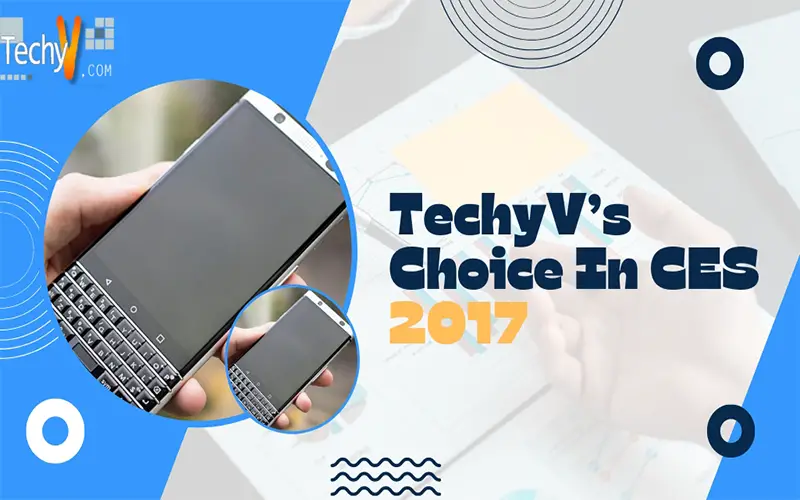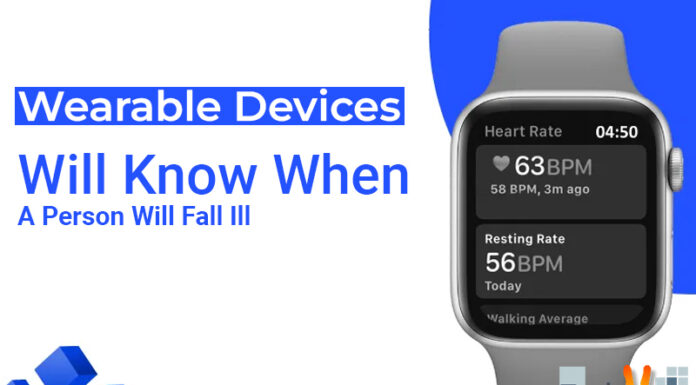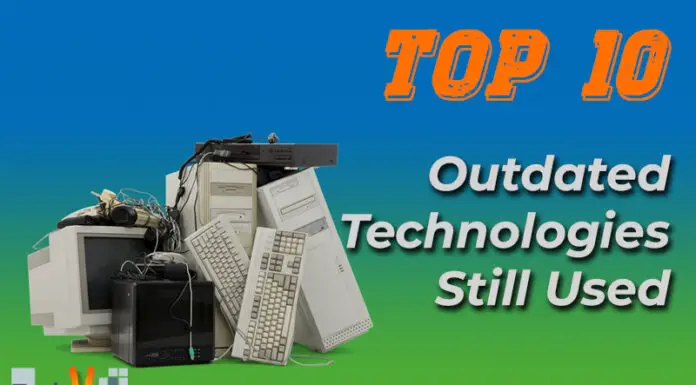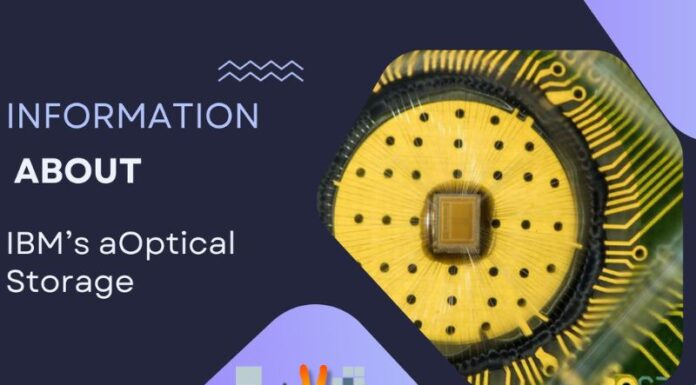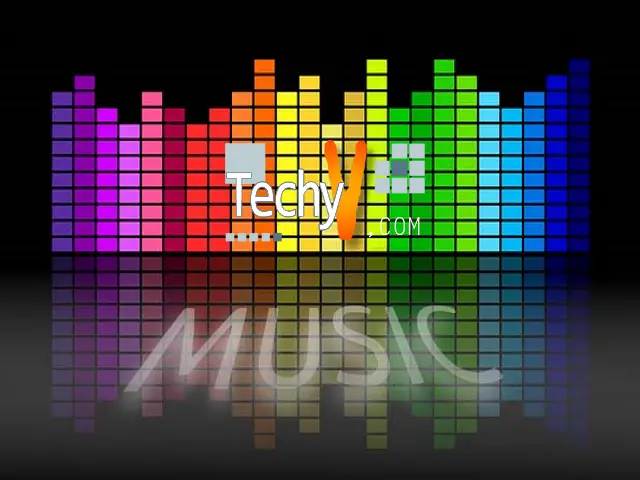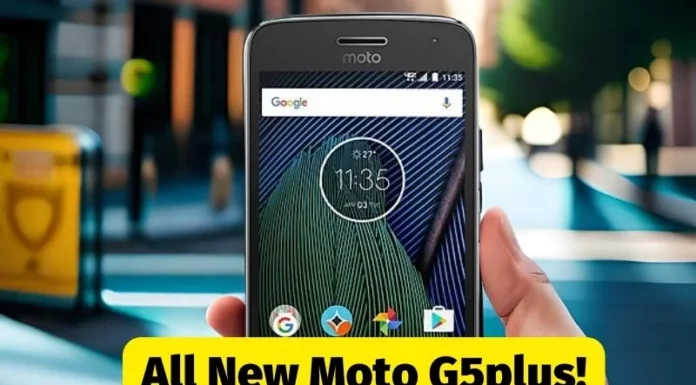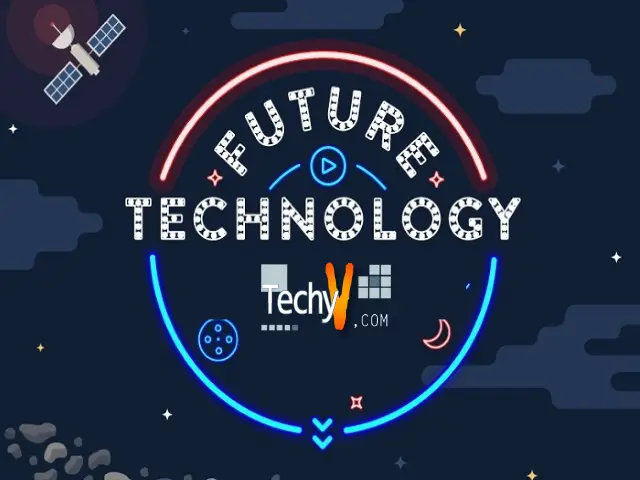In this year’s International Consumer Electronic Show (CES), held in Las Vegas last January 5 – 8, 2017, an abundance of consumer products stood out and became the TechyV’s favorites. We were impressed by several existing ones and even to the updates to old concepts.
Nevertheless, trends are emerging! The IoT (Internet of Things), while still an incoherent principle, was slowly moving to consumer products in significant ways, like with the Lofelt Basslet and Nvidia Spot. However, it is still the erstwhile form factors that captured our hearts this 2017: BlackBerry’s latest Smartphone, the Mercury; ASUS ZenFone AR; and Samsung Chromebook Pro, has completely enthralled us!
Without further ado, here is the list of TechyV’s choice in the recent CES 2017:
1. Nvidia Spot:
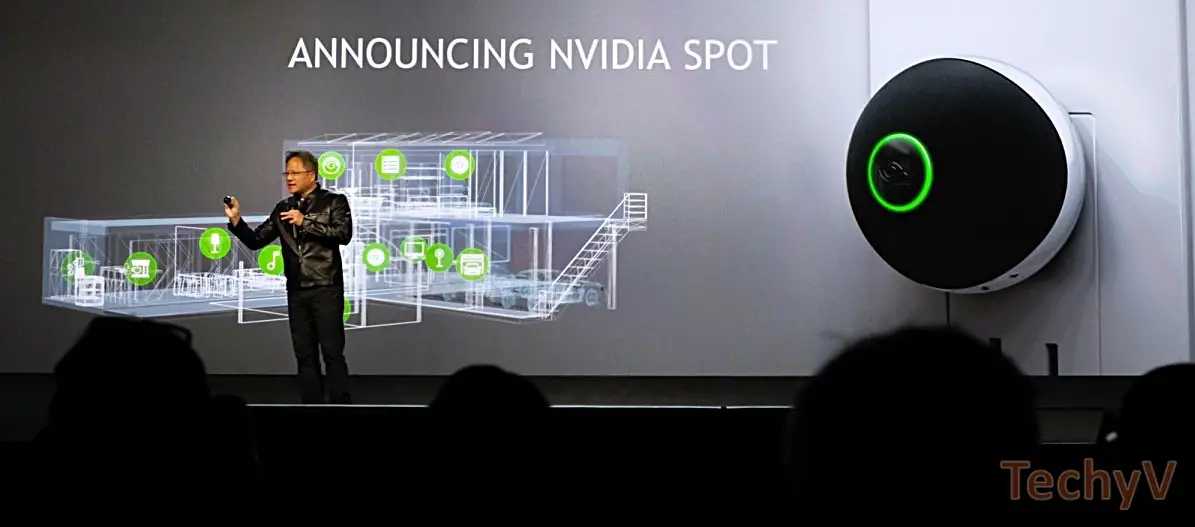
Nvidia is shifting into the smart home with the launch of the Nvidia Spot, a tiny round orb microphone, which is just a size of a golf ball that you can plug in any outlet. According to Nvidia, its echo cancellation and far-field processing can pick up natural speech up to 20-feet away. It is just an add-on to Nvidia’s Shield Android TV, an entertainment streaming device, but it’s pretty smart! The Spot is packed with SmartThings (Samsung) and Google Assistant, which can give Google’s AI a way to speak to other IoT (Internet of Things) devices. Unfortunately, Spot won’t work with Google Home or other smart home devices; you still need the Shield to make it work. But Nvidia is working out to make it compatible with old Shield units. With Spot, turning your thermostat on, bringing your lights up, or even brewing a cup of coffee, was made easy!
This will be available for $45 only; the affordable price tag will let you buy few of them and plug them all around your house.
2. Lofelt Basslet:
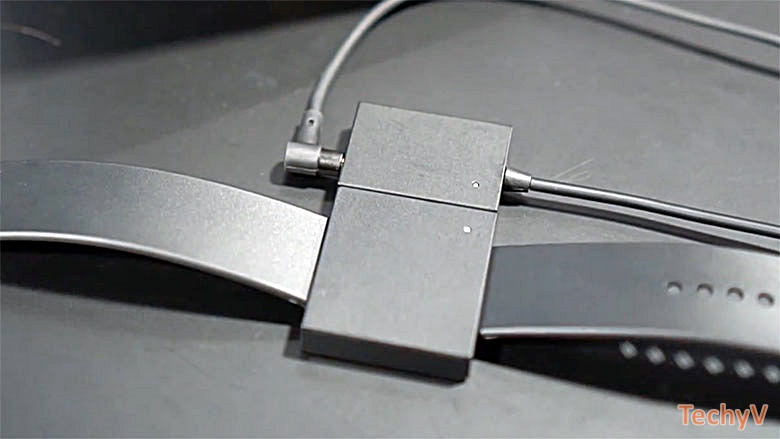
Lofelt started raising funds in 2016 for the world’s first wearable subwoofer, the Basslet. This latest technology for sound will bring the music basslines and beats direct to your body, so you can actually feel the music, which led to a powerful sound experience that regular headphones cannot provide. This watch-sized wearable produced 10Hz-250Hz frequencies and is totally inaudible to the outside world. Transmission of music to the Basslet is through a very low latency wireless connection. The wearer should plug a Bluetooth adapter to the Basslet’s 3.5mm headphone jack and then plug the headphones into that adapter.
3. ASUS ZenFone AR:
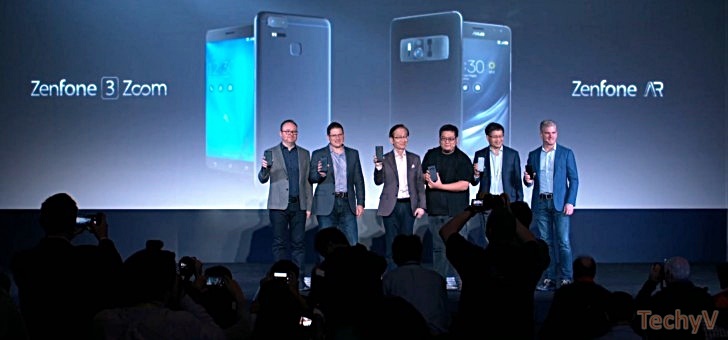
Among the many manufacturers present at the CES 2017, ASUS is one of the very few that had momentous Smartphone announcements during the event. One of the significant things to remember about the latest ZenFone is that it is equipped with Google’s Tango, an AR platform that provides information layer in 3D’s physical surroundings through its cameras on the back. While Tango is a technology from Google, ASUS is the second manufacturer to produce a phone with it, next to the Lenovo Phab2 Pro.
ZenFone AR supports Augmented Reality and Virtual Reality, built into Android 7.0 Nougat. This is the first flagship from ASUS that supports the combination of the two. ZenFone AR also features a 5.7-inch Super AMOLED display with a pixel density of 515ppi. It is powered by Snapdragon 821 Quad-core processor, which is specifically designed to handle a heavy workload. It comes in two variants: one with 4GB of RAM and the other one have 8GB of RAM. A selection of 32GB, 64GB, 128GB, and 256GB built-in storage is also available, which is expandable through a MicroSD card slot. ASUS also claims that the ZenFone AR boasts a 23-MP camera, which they claimed a 92-MP Super Resolution technology. This means photos taken by ZenFone AR has less noise and has 4x the clarity of a standard high definition photo. It can also record 4K video, which allows the user to capture moments in a lofty quality.
4. BlackBerry Mercury:
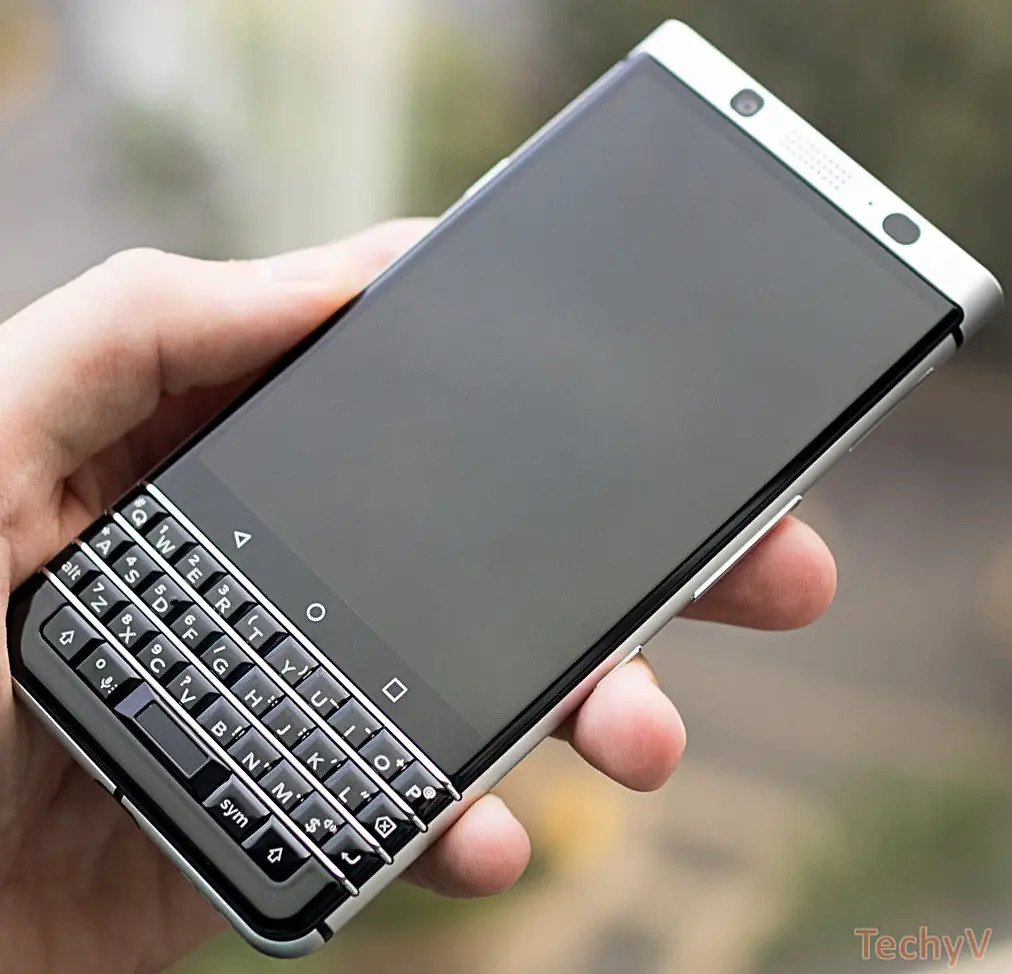
BlackBerry is already a legend in the mobile world. It can match to the popularity of other mobile giants like Nokia and Motorola. However, the Canadian-based company went through some difficult times in the recent years. Last December of 2016, it was announced that BlackBerry will stop manufacturing hardware and will concentrate on manufacturing software instead. TCT/TCL Communication, the one who owns the Alcatel phones, obtain the rights to the BlackBerry brand and BlackBerry Mercury was their first ever original product.
Don’t get too excited because Mercury is still not here, and TCL was still hesitant to divulge any hardware details about this latest flagship. The company presented a soft launch during the event and only a 22-second teaser video was presented. It is understandable because, at this point, even the brand/name Mercury is still indefinite. The device might be ready for official unveiling at the Mobile World Congress (MWC), to be held on February 27 – March 2, 2017, in Barcelona.
Clearly, BlackBerry is bringing back their classic design, which combines a physical full QWERTY keyboard and a touchscreen. According to very limited information, the Mercury will boast a 4.5-inch full HD screen display, Qualcomm Snapdragon 635 or possibly a Snapdragon 821, 32GB of built-in storage and 3GB of RAM, and 18-MP rear camera. A leaked benchmark implies that the Mercury will come with Android 7.0 Nougat. So there’s no need to worry now for excessive bloatware, and they might be creating their own security app. We look forward to unveiling more information about this impressive flagship device!
5. Samsung Chromebook Pro:
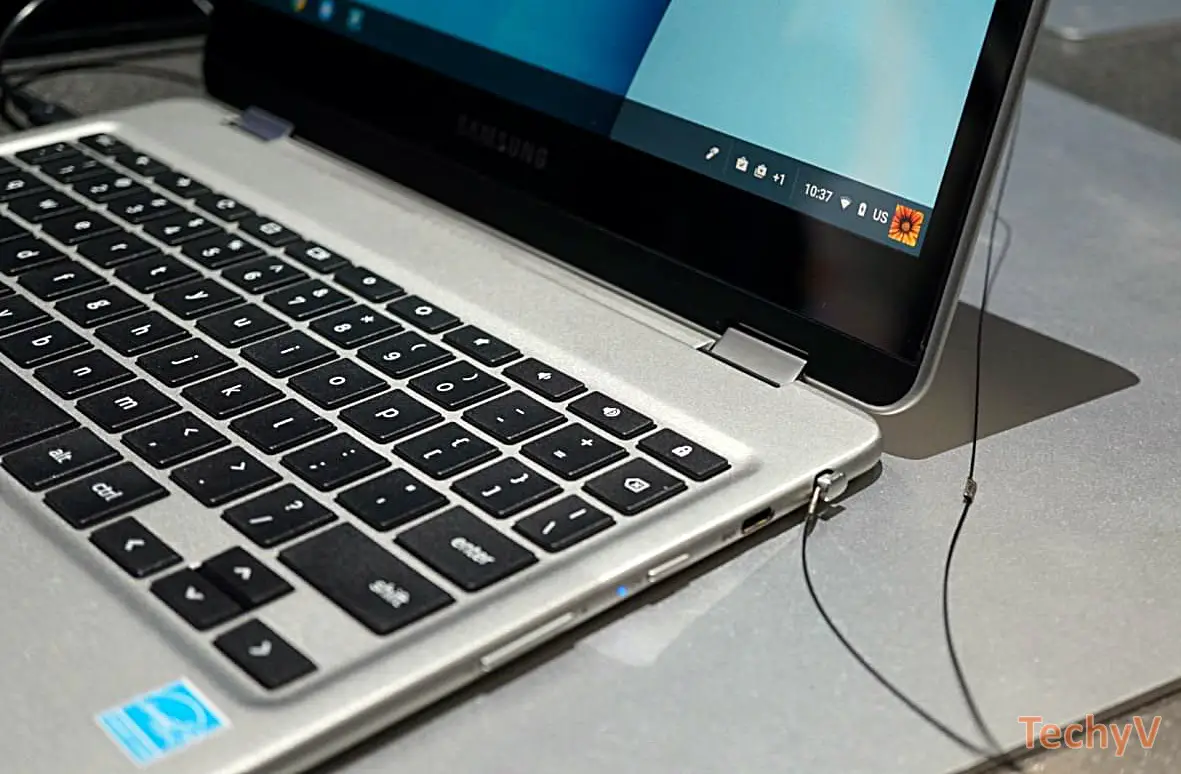
Samsung has decided it’s about time to add a new device to their Chromebook models since the OS can now run Android apps. The Chromebook Pro boasts 4GB of RAM, 2GHz Intel M3 Processor, and a 12.3-inch touchscreen with a screen resolution of 2400×1600 and 234ppi. This hybrid laptop can be rotated 360 degrees to convert it to a tablet. What’s best about this hybrid device is it has a built-in pen, which allows you to write a note. This is handy especially when your device is in tablet mode. The Chromebook Pro will have a price tag of $499 and will be available in late March or early April.
These are just introductions to the latest innovations presented at CES 2017. We are excited to present to you the complete specifications and features of the devices mentioned above once they become available in the market. So keep watching this thread to be updated with the latest technology this year!



